Strobe Lighting Instructor - Strobe Lighting Expertise
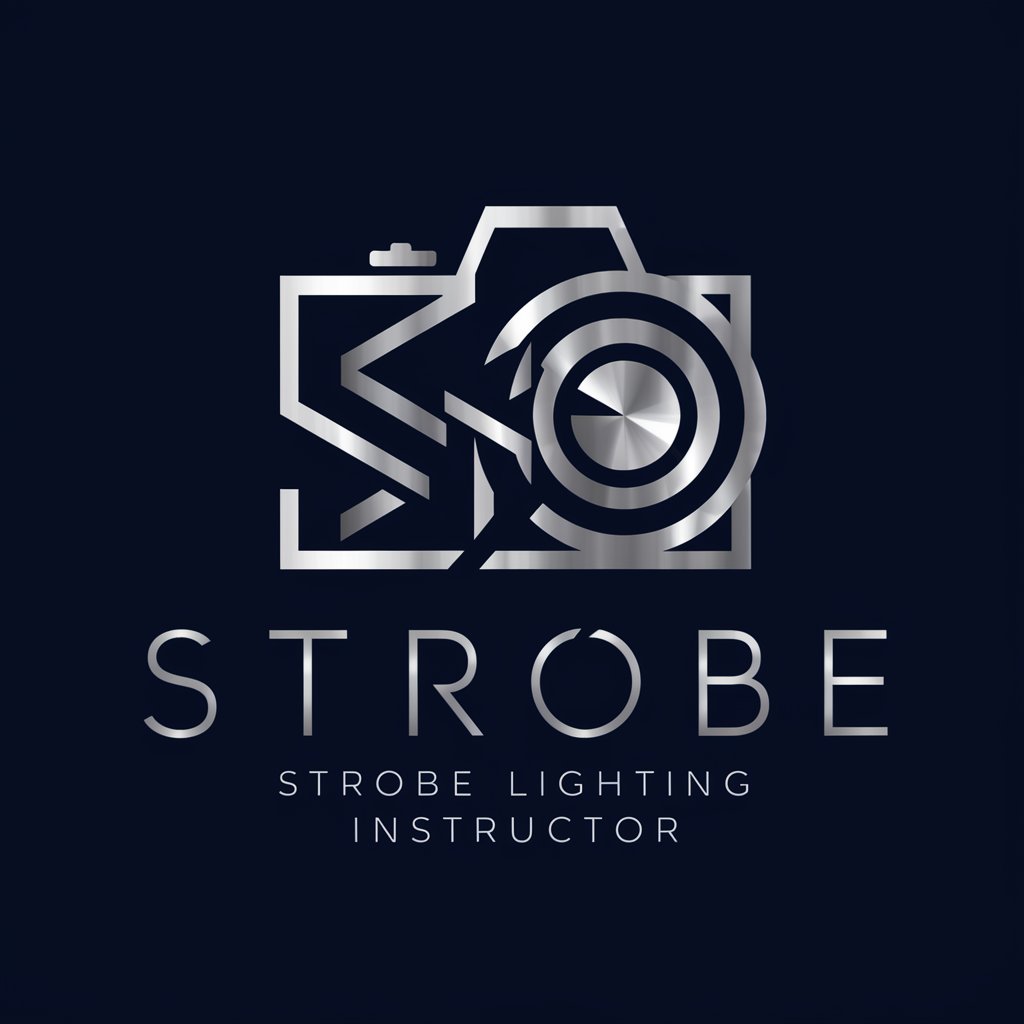
Welcome to expert strobe lighting guidance for photographers!
Illuminate Your Photography with AI
How can I set up strobe lights for a portrait session?
What are the best strobe lighting techniques for product photography?
Can you explain the difference between main light and fill light?
What are some creative strobe lighting setups for outdoor shoots?
Get Embed Code
Strobe Lighting Instructor: Overview
The Strobe Lighting Instructor is designed to serve as a comprehensive guide and advisor on the use of strobe lighting in photography. Its core purpose is to impart expert knowledge on the strategic placement, intensity, and interplay of various types of strobe lights, such as the main light, fill light, and top light, to achieve the desired photographic effects. This specialized focus includes helping photographers understand how to manipulate light to highlight texture, depth, and dimension in their subjects, whether they're working in a studio setting or on location. Examples of its utility include setting up lighting for a dramatic portrait with high contrast, crafting a soft, evenly lit product shot, or creating intricate lighting setups for fashion photography where multiple light sources are used to sculpt the subject and background. Powered by ChatGPT-4o。

Key Functions and Applications
Lighting Setup Guidance
Example
Providing step-by-step instructions on setting up a three-point lighting setup for portrait photography.
Scenario
A photographer preparing for a studio portrait session can follow detailed advice on positioning the key light, fill light, and rim light to achieve a balanced yet dynamic lighting effect that accentuates the model's features.
Creative Lighting Techniques
Example
Exploring advanced techniques like high-speed sync to freeze motion or using gels for color effects.
Scenario
A sports photographer aims to capture a cyclist in motion with a frozen background, using high-speed sync strobe lighting to achieve sharp detail and dynamic contrast, while possibly incorporating colored gels to emphasize the intensity of the scene.
Equipment Recommendations
Example
Suggesting specific strobe lights, modifiers, and accessories based on the photographer's needs and budget.
Scenario
An amateur photographer looking to enhance their home studio setup with strobe lighting receives personalized recommendations for entry-level strobe lights and softboxes that suit their space constraints and budget, enabling them to produce professional-quality portraits.
Target User Groups
Amateur Photographers
Beginners or hobbyists seeking to deepen their understanding of lighting techniques and how to use strobe lights to improve their photography. They benefit from foundational knowledge, setup instructions, and tips for achieving professional results with basic equipment.
Professional Photographers
Experienced photographers looking for advanced strategies to refine their lighting setups for commercial, portrait, or fashion photography. They can leverage detailed guidance on complex lighting schemes, equipment optimization, and creative techniques to elevate their work.
Photography Instructors and Students
Educators and learners in academic or workshop settings can use the Strobe Lighting Instructor as a resource for teaching or studying lighting principles. The detailed explanations and scenarios provided can enhance curriculum content and practical learning experiences.

How to Use Strobe Lighting Instructor
1
Start by visiting yeschat.ai for a complimentary trial, accessible without any requirement for login or subscription to ChatGPT Plus.
2
Navigate to the Strobe Lighting Instructor section. Familiarize yourself with the interface and available resources to enhance your understanding of strobe lighting techniques.
3
Identify your specific needs or challenges related to strobe lighting in photography. This could range from basic setup to advanced lighting configurations.
4
Utilize the provided tutorials, articles, and guidelines to apply strobe lighting techniques to your photography projects. Experiment with different setups to see what works best for your subject.
5
Engage with the community or support for personalized advice. Share your experiences and learn from the feedback of others to continually improve your strobe lighting skills.
Try other advanced and practical GPTs
Ad Words Creator
Elevate Your Ads with AI Precision

Spoiler
Distill Content to Its Essence
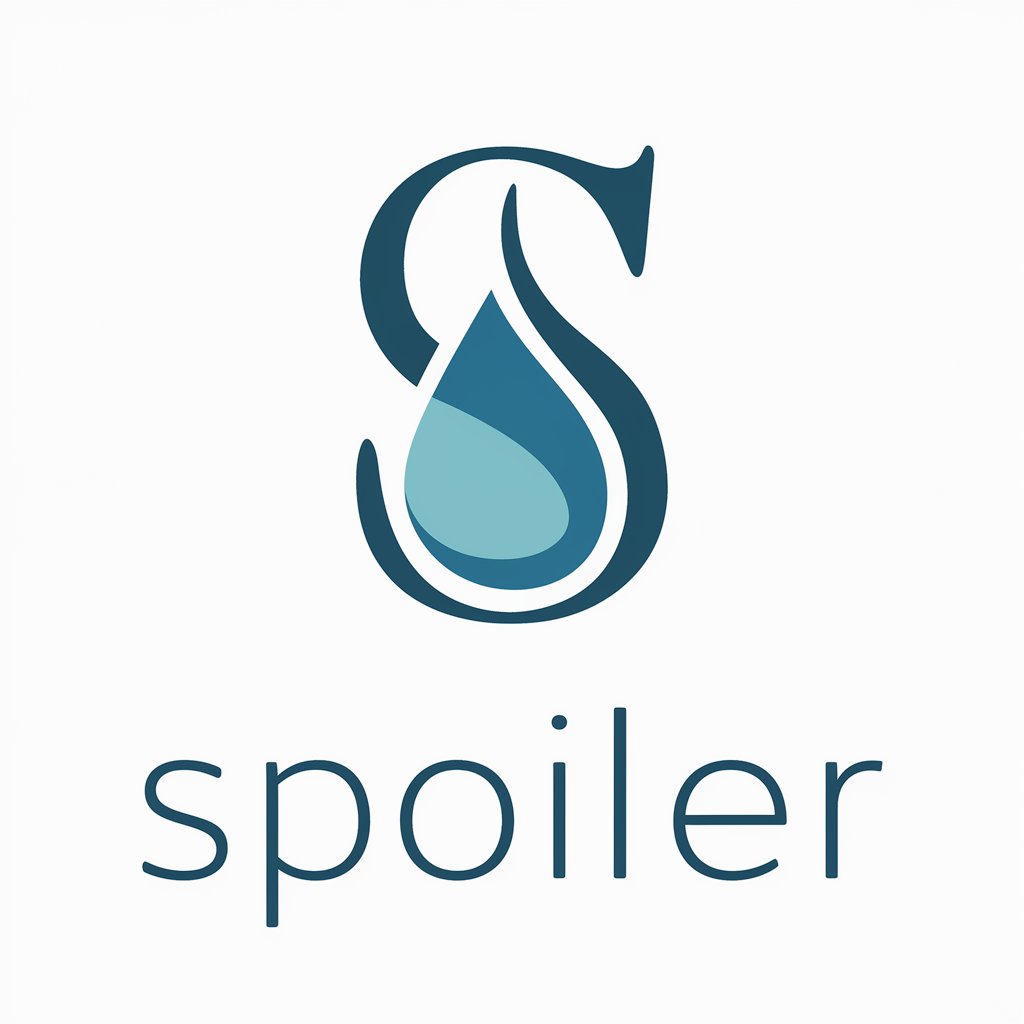
PHIlip, the Philosophy Bot
Enlightening Minds with AI Wisdom
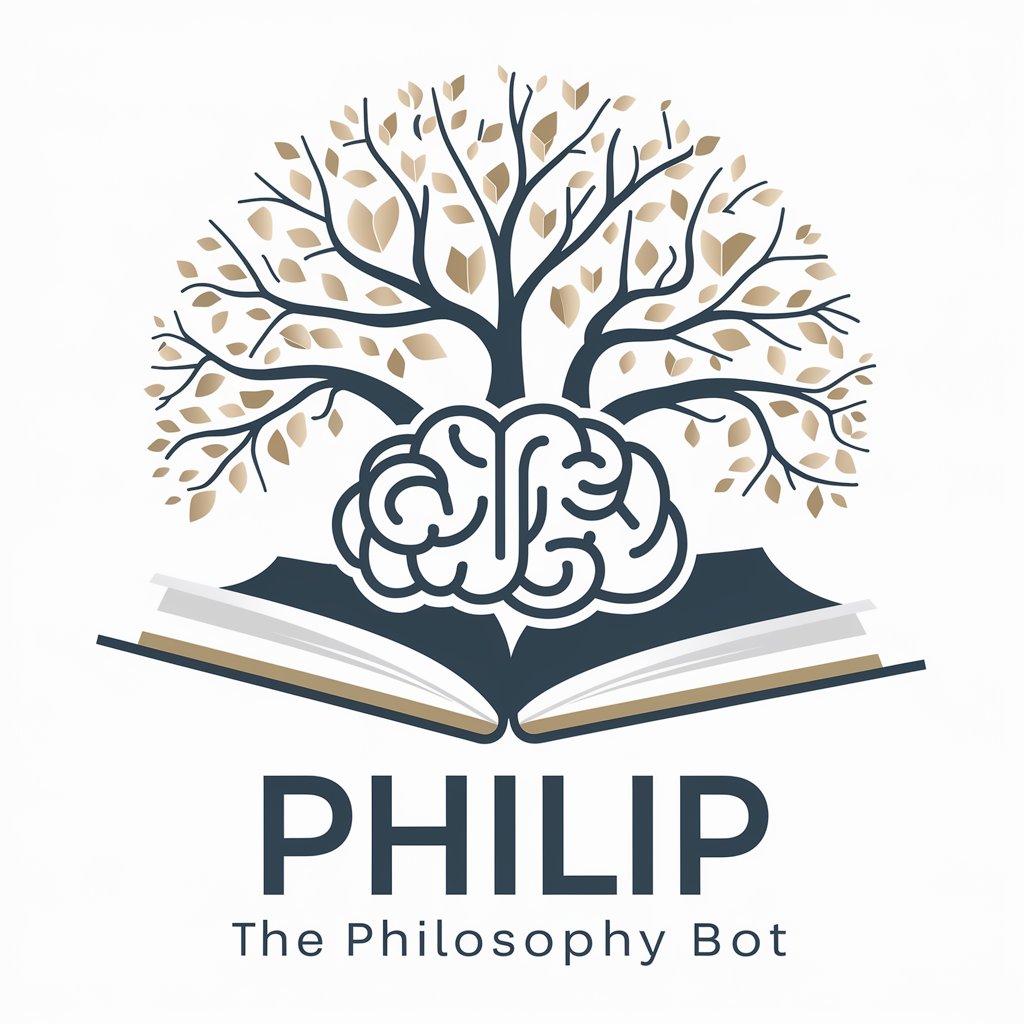
WORDEV
Empowering WordPress Development with AI
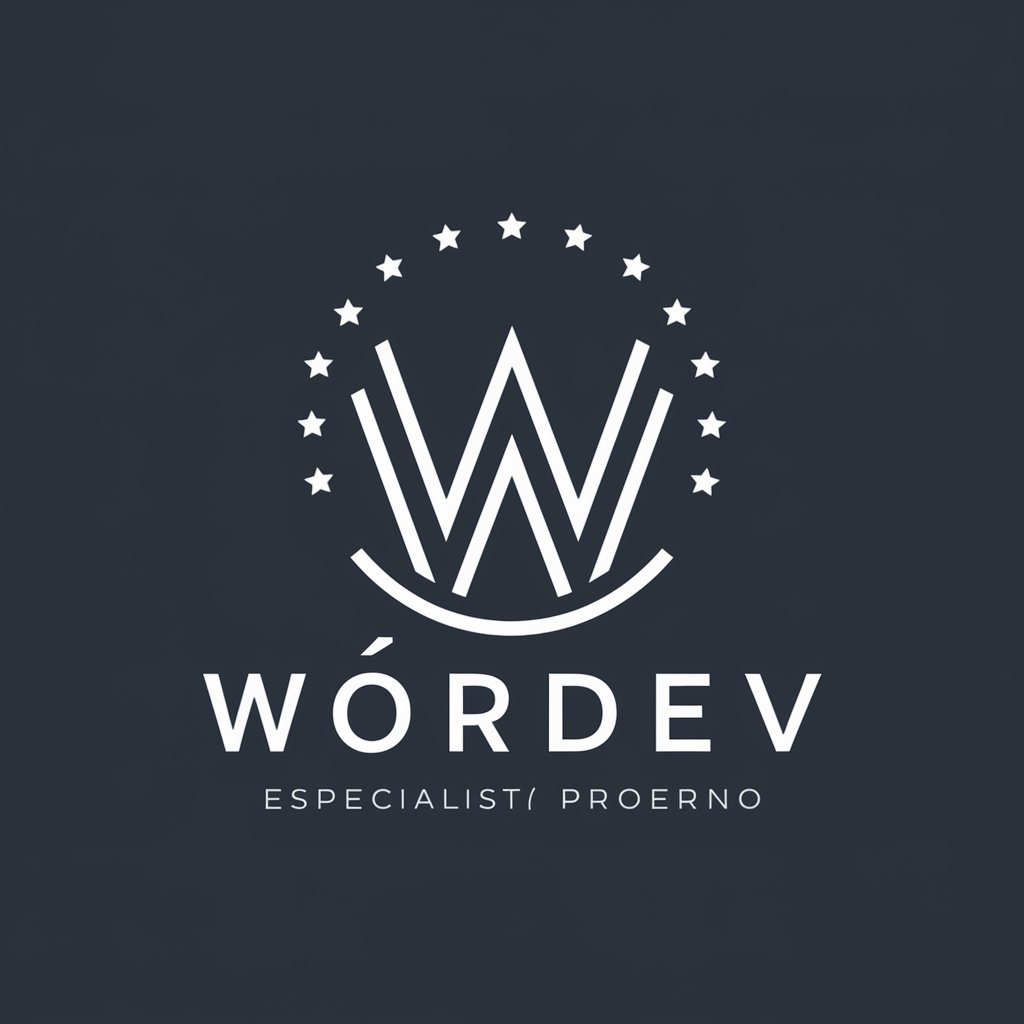
SymPy Assistant
Empowering Math with AI

PokeQuest
Embark on a humorous, AI-powered Pokemon journey.
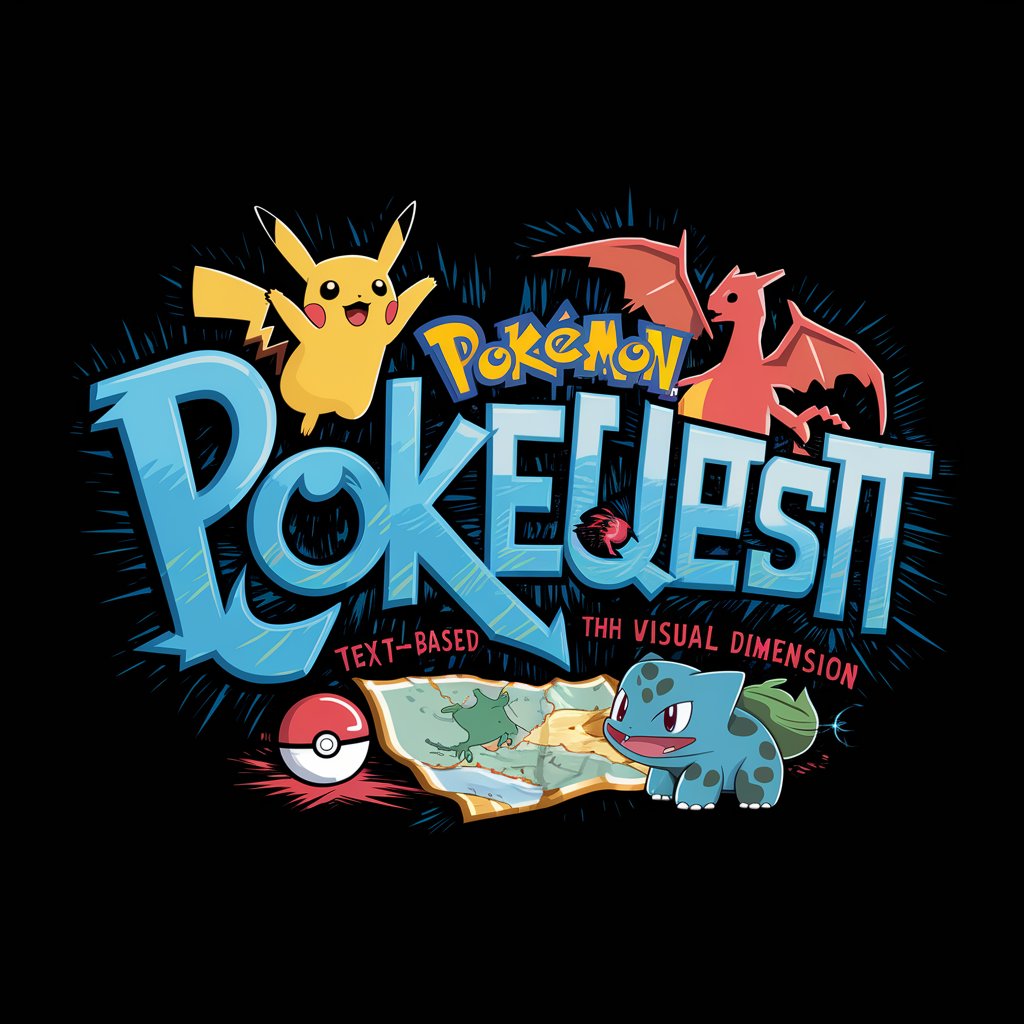
Coaster GPT
Discover, Plan, and Experience Outdoor Adventures

Text2Audio Prompter
Craft Your Soundscapes with AI
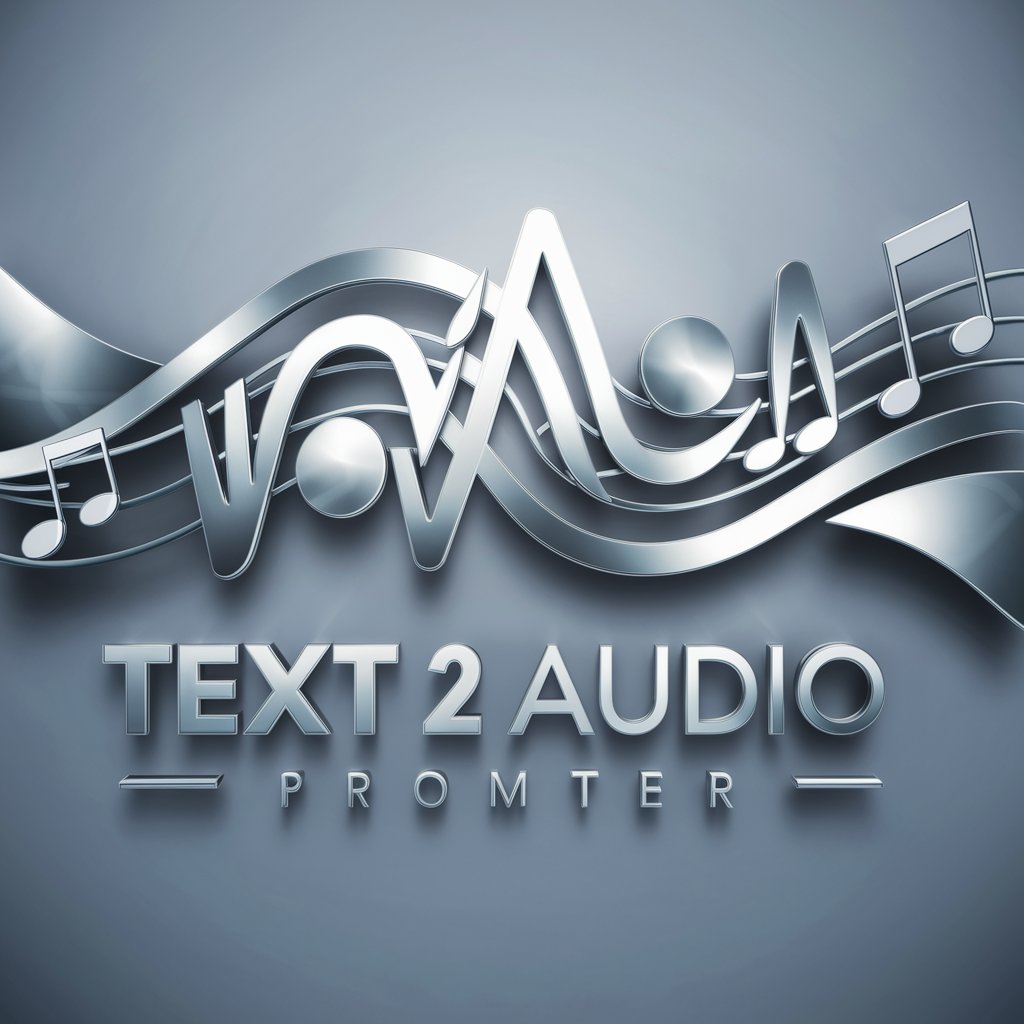
Harmony Oracle
Unleash your musical genius with AI

PMI Infinity - PMP Exam Simulator
Master PMP with AI-Powered Practice
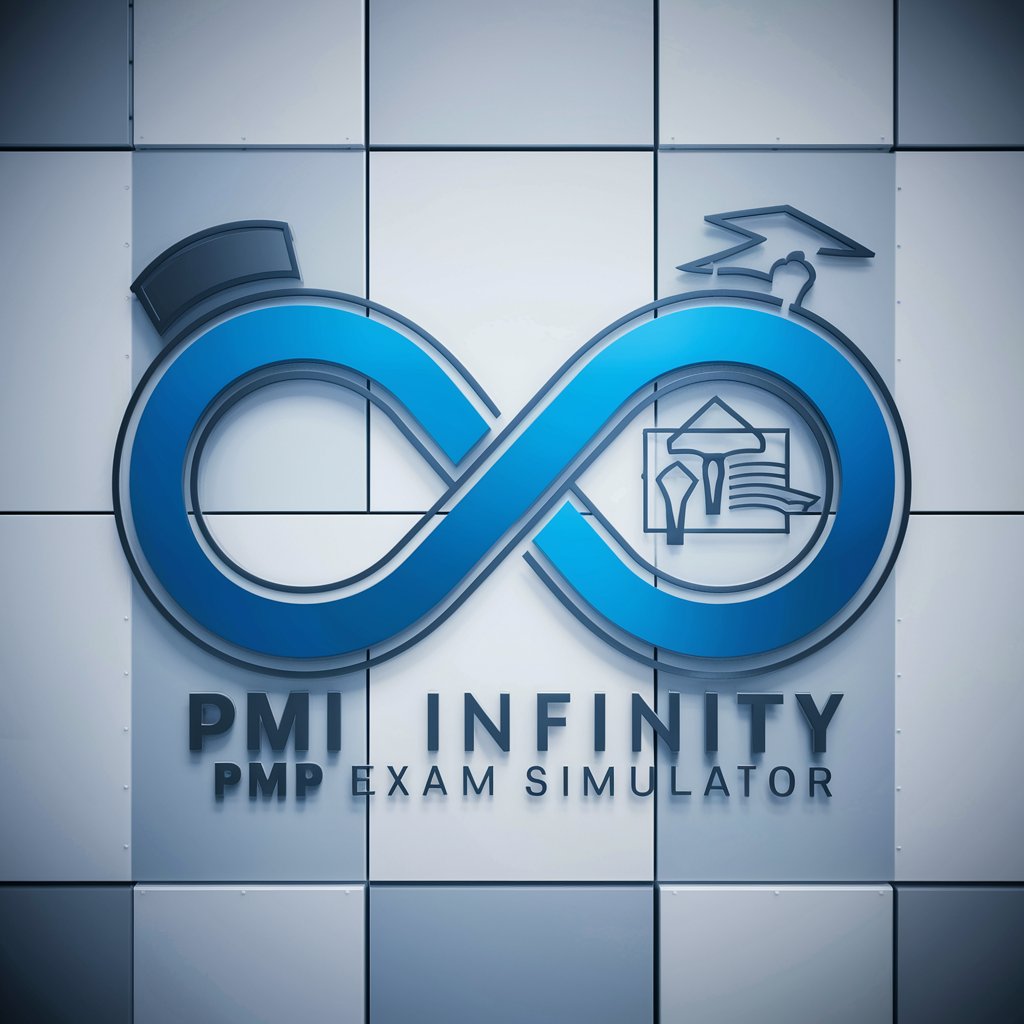
Infinity Novel
Craft Your Story, AI-Powered Imagination

TradeStudio Market Advisor
AI-powered investment insights at your fingertips.

Strobe Lighting Instructor Q&A
What basic equipment do I need to start with strobe lighting?
To begin with strobe lighting, you'll need at least one strobe light, a light stand, a power source (battery or AC), and a light modifier such as an umbrella or softbox. A trigger to wirelessly control the strobe from your camera is also essential.
How do I control the mood of my photos with strobe lighting?
The mood can be controlled by adjusting the intensity, direction, and quality of the strobe light. Use modifiers to soften or focus the light, and experiment with the angle and distance of the light from your subject to achieve the desired effect.
Can strobe lighting be used outdoors?
Yes, strobe lighting can be effectively used outdoors to balance or overpower the sunlight. High-power strobes are especially useful for this purpose. Make sure to use a portable power source and consider the ambient light when setting your strobe.
What's the difference between a fill light and a main light in strobe photography?
The main light, or key light, is the primary source of light and sets the tone for the scene. The fill light, on the other hand, is used to soften shadows created by the main light, providing detail and reducing contrast in the darker areas without overpowering the key light's effect.
How can I use strobe lighting for creative effects?
Creative effects can be achieved by using gels to color the light, employing unconventional modifiers for unique light shapes, or combining multiple strobes at different angles and intensities to create complex lighting setups. Experimentation and understanding light's behavior are key.
